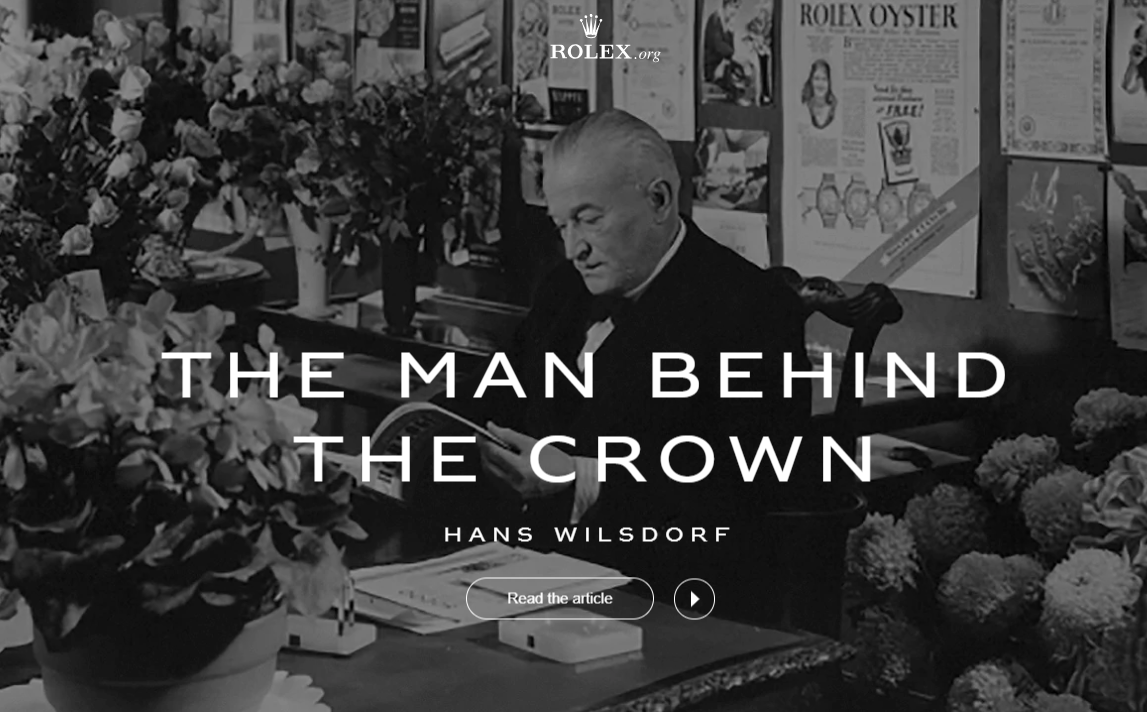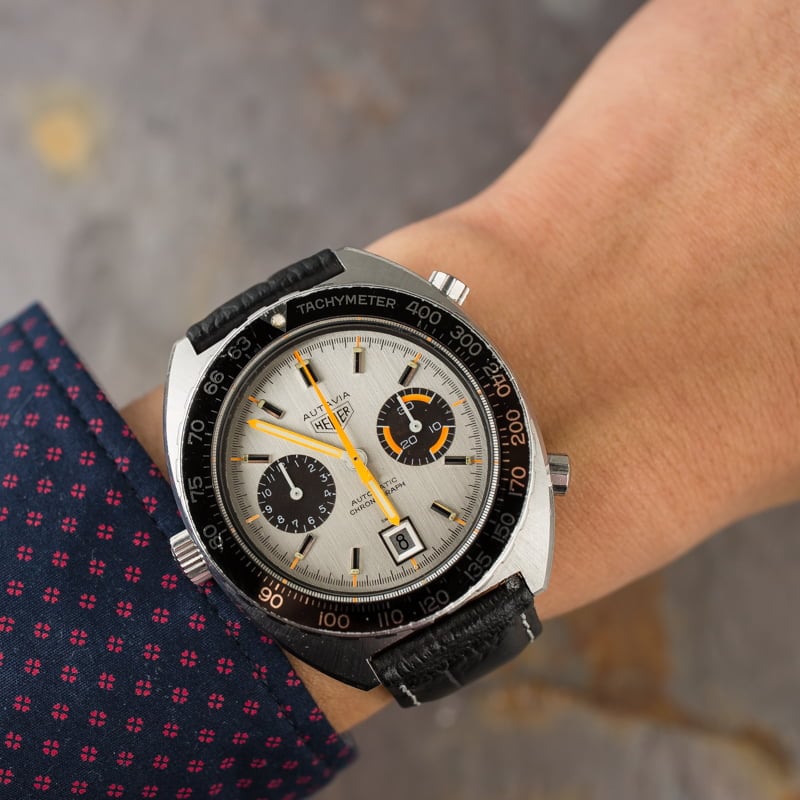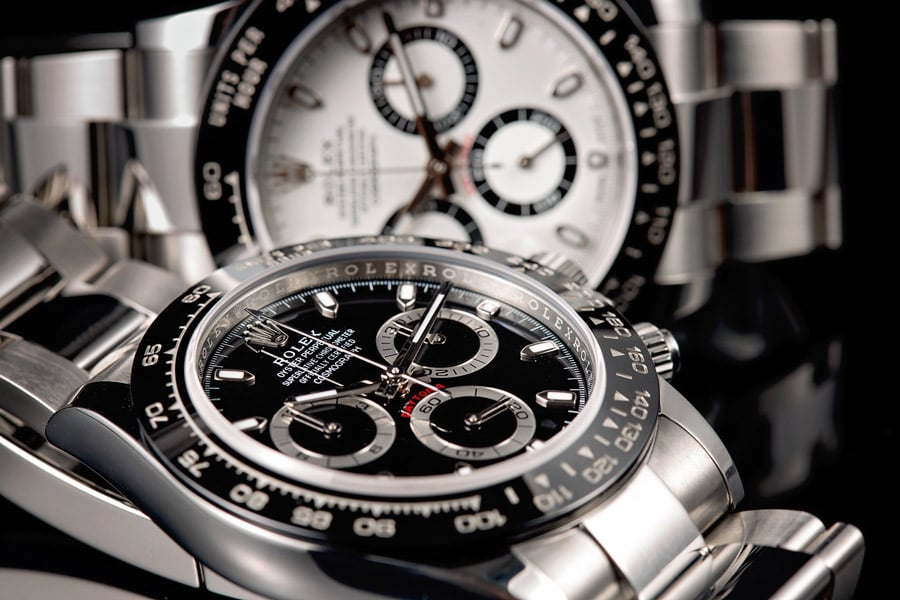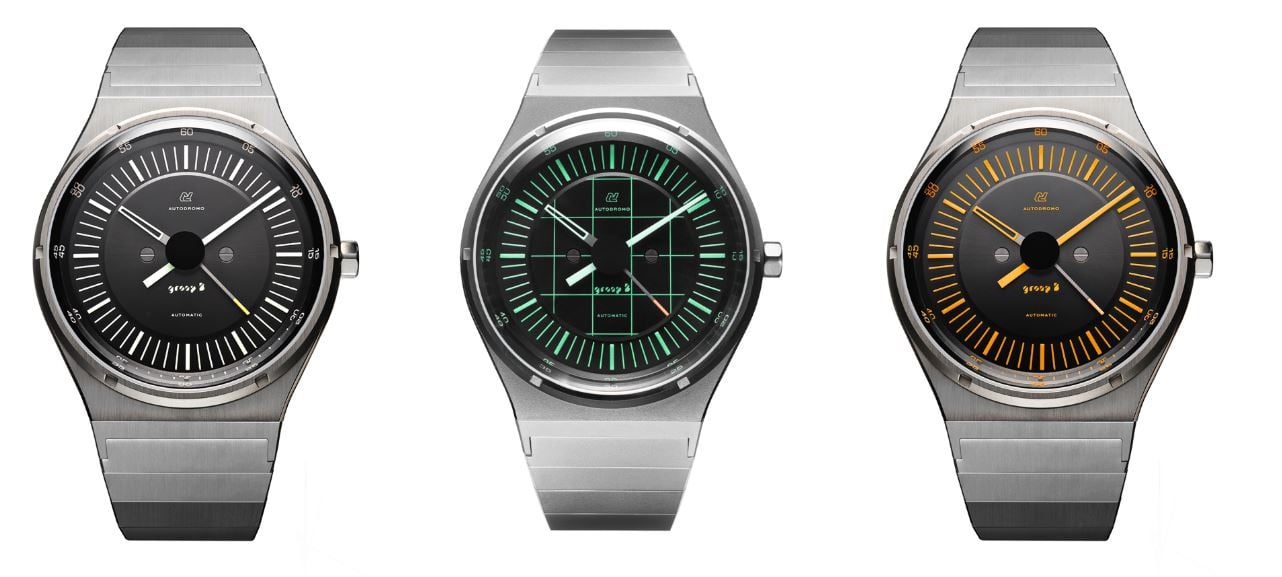Rolex is notoriously a highly-secretive company, which is why it is notable and interesting that the company just launched Rolex.org, a new website to describe the company’s history and its philanthropic projects. When asked about Rolex, Paul Altieri, stated in the New York Times last year, “No one knows who runs it. I don’t think they started out purposefully being the Greta Garbo of the watch industry, but it works in their favor. If they can’t control it, they don’t want to be a part of it.” This website marks an interesting move for the company at a time when Rolex sales seem to be at an all-time high with demand for most steel sports models such as the Daytona and GMT-Master II far outstripping supply.
Rolex’s History
For myself, the most interesting and exciting part of the Rolex.org website is the outstanding video about Hans Wilsdorf, “the man behind the crown” who founded Rolex. Those that are seriously into watches and Rolex may be familiar with the name, but very few know much about him. This video describes his journey from his birth in Bavaria in 1881 to how he came up with the name Rolex (a genie whispered “Rolex” into his ear while he was riding a London bus one morning) to the development of the first water-resistant wristwatch in 1926 to the 1931 introduction of the Oyster Perpetual, the company’s first self-winding (also known as “automatic”) watch with its water-resistant case.
I was particularly glad to see Mercedes Gleitze get appropriate attention in the video. In 1927, Gleitze became the first British woman to swim the English Channel and she wore an Oyster for her journey. The journey was an international news event and Rolex took out a full-page advertisement in the Daily Mail noting the company’s participation in the event and the watch’s continued excellent functioning after the conclusion of Gleitze’s journey.
Today, few people are aware of Gleitze and her importance to Rolex’s history. It is quite possible that had Gleitze not worn that Rolex or failed on her journey, that Rolex would have not gained the acclaim the company would or even that the company would have gone the way of so many other Swiss watch companies at the time and have vanished into obscurity An interesting note: Gleitze’s watch, in my opinion the most important Rolex in existence in terms of the company’s history, sold for only 17,038 GBP at Christie’s in London on June 21, 2000 (https://www.christies.com/lotfinder/lot/an-historically-important-and-very-early-waterproof-1817519-details.aspx). It was consigned by a descendant of Gleitze and previously was exhibited at the Rolex 50th Anniversary Reception in Greenwich, United Kingdom on September 22, 1976. One can only imagine what the watch would sell for today at auction.
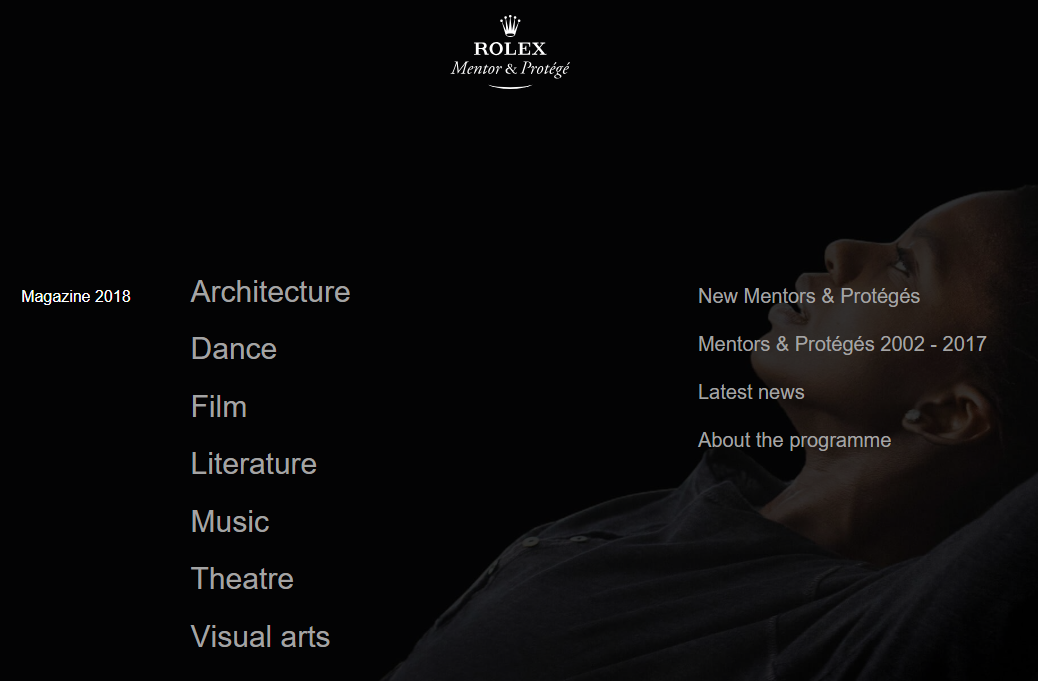
Rolex’s Philanthropy
The other key aspect of Rolex.org is the focus on the company’s good works, particularly its focus on supporting the environment, science, and arts as well as the Rolex Awards for Enterprise and Rolex Mentor and Protégé program. These initiatives all have their own dedicated pages on Rolex.org, but I found one page particularly interesting: the page describing Rolex’s efforts to train watchmakers in America through the founding of the Lititz Watch Technicum in 2001 and the company’s full support of the school for training watchmakers. The Technicum is located in rural Pennsylvania and Rolex created the school to help address the shortage of trained watchmakers in the U.S., a forward-thinking effort since the company needs trained watchmakers around the world to keep its products in good order into the future.
The Rolex Awards for Enterprise were something I had heard of previously, but I was unclear of any details about them. Rolex created this awards program in 1976 to commemorate the 50th anniversary of the Oyster watch and to support exceptional individuals around the world with little access for traditional funding that were responding to major human challenges with innovative. Rolex has selected over 140 Laureates from all walks of life and the program reminds me in some ways of the MacArthur ‘Genius’ Grants fellowship program.
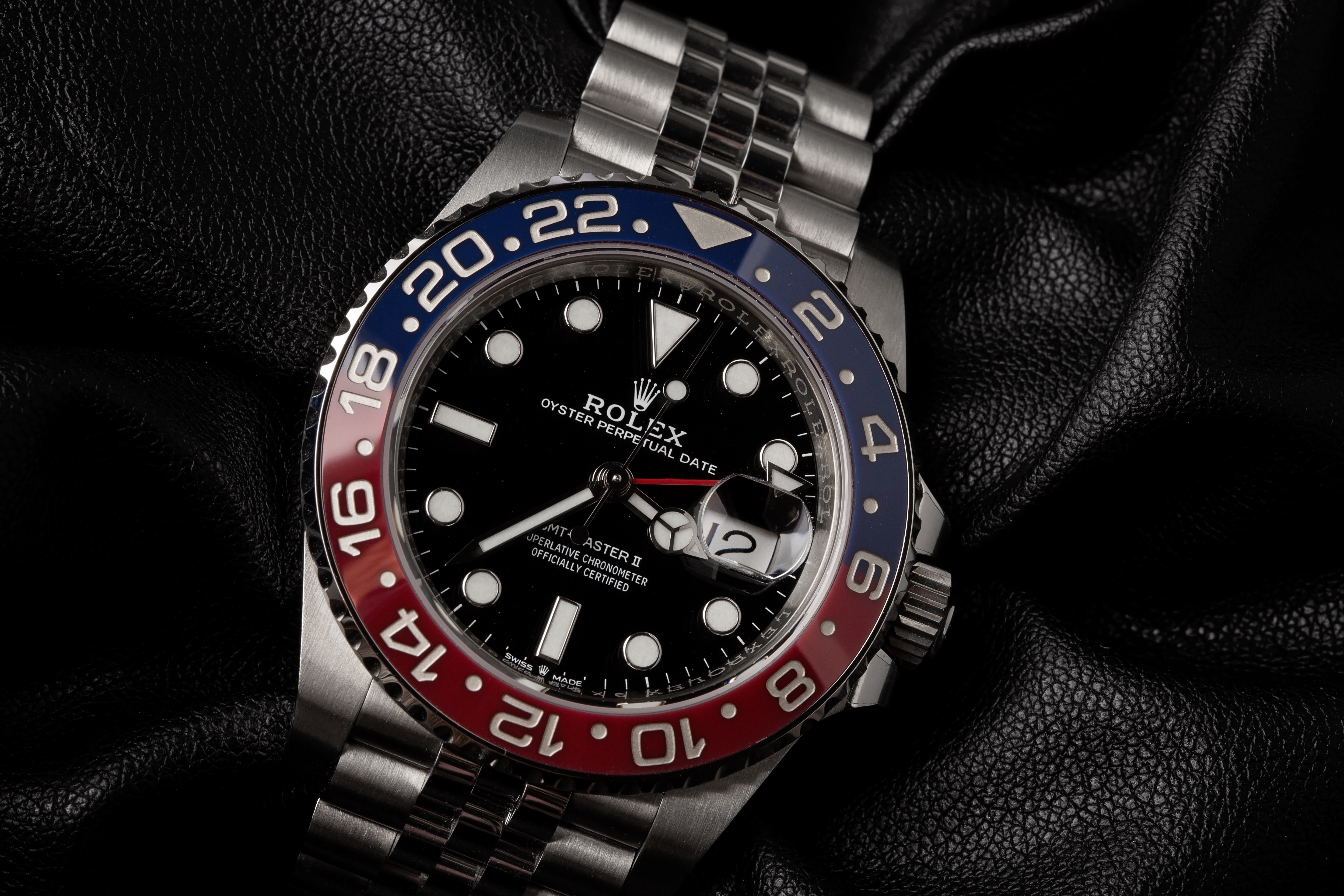
Final Thoughts
It is interesting that Rolex, having perhaps its best sales year in history, would go to the effort of launching what is clearly an expensive website and series of videos dedicated to the company’s history and its philanthropy. The company even introduced a Twitter account as part of the Rolex.org effort, the first time the company has joined Twitter. However, Rolex has always been forward thinking and perhaps can sense the frustrations of some customers and retailers upset about not being able to acquire Rolex watches, so this could be an effort to build goodwill based on good works. Regardless, I am thrilled to see Rolex paying attention to promoting its history and I expect many lovers of vintage Rolex watches feel the same way. And although when Hans Wilsdorf exhorted his employees to “produce nothing but beautiful work” he was no doubt referring to wristwatches, Rolex.org can also be described as a “beautiful work” and worthy of exploration by all those that love the five-pointed crown.
